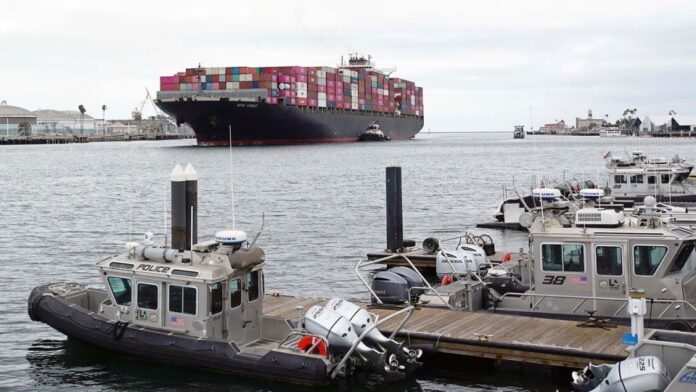
Behind the Curtain
- Some of America’s biggest brands, including Nike, Converse, and Columbia Sportswear, are allegedly working with Chinese manufacturers to manipulate goods and sidestep U.S. tariffs.
- “Tariff engineering,” when done correctly, is legal and potentially lucrative, creating new demand for a specialized profession: the “Tariff Engineer.”
- S. Customs scrutiny is intensifying, and companies found engaging in deceptive practices may face stiff penalties, revealing the fine line between lawful strategy and illegal evasion.
LOS ANGELES — Once an obscure term known only to customs lawyers and trade officials, “tariff engineering” has now become a buzzword in boardrooms and international supply chains. As U.S. trade policy tightens its grip on imports—especially from China—savvy corporations are rethinking how they design, ship, and classify their products to sidestep costly import duties. But not all strategies are created equal.
At the center of this booming gray-area practice stand some of America’s most recognizable brands. Columbia Sportswear, Nike, and its subsidiary Converse have allegedly altered product designs or materials with the specific goal of avoiding tariffs and meeting new classification codes for their products.
There are over 5,000 different product classification codes that governments across the globe use when assessing tariffs.
While their actions may technically be legal, critics argue such maneuvers border on fraudulent misrepresentation, especially when done in coordination with overseas manufacturers.
Take Converse’s iconic All-Star sneakers. While once considered typical footwear, these shoes now incorporate a felt sole—a design tweak that arguably reclassifies them as “house slippers” under the Harmonized Tariff Schedule, making them eligible for a significantly lower tariff. Nike, the parent company, declined to comment on whether this design shift was intentional tariff engineering.
Columbia Sportswear, on the other hand, has been more transparent. Jeff Tooze, its Vice President of Global Customs and Trade, admitted to working directly with customs officials and designers during the product development phase to account for tariff implications. One of the company’s more creative tactics included sewing small zippered pockets beneath shirt waistlines to exploit a lower tariff classification.
Legal Loophole or Deceptive Trade Practice?
So, is this legal? The answer: it depends.
Erik Smithweiss, a partner at GDLSK law firm who specializes in trade compliance, says, “We are working with companies who say, ‘Gee, I really want to be on this list, look at my tariff codes.’ “If we think that there is something that can be modified on a product that will change it into one of these exempt codes, we’ll work with them on whether that is a reasonable position to take.”
The key word here is reasonable. U.S. Customs and Border Protection (CBP) has the authority to scrutinize imports, send product samples to labs, and levy fines if a classification is deemed inaccurate or deceptive. Slapping a new code on a product won’t work unless the physical composition of the item has materially changed.
This makes “tariff engineering” a high-risk, high-reward strategy. It also opens the door to a new professional class: Tariff Engineers.
The Rise of the Tariff Engineer
As global companies grapple with tariffs and navigate complex regulatory codes, the need for experts who understand both engineering and international trade law has skyrocketed. Enter the tariff engineer—a specialist who helps design products not only for function and style but for favorable tariff treatment.
A proficient tariff engineer must:


